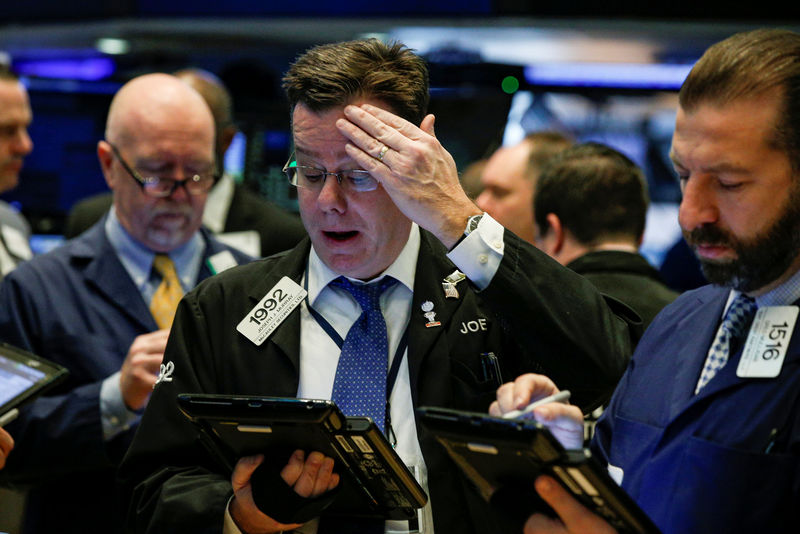(Bloomberg Prophets) -- Few things strike fear in the hearts of grizzled bond traders like the whiff of inflation. They can deal with rising interest rates -- remember then-Federal Reserve Chairman Alan Greenspan's conundrum? -- but there's nothing they can do to prevent faster inflation from eroding the value of their fixed-interest payments over time and making the bonds they hold worth much less.
And judging by the recent action in the market for U.S. Treasuries, bond traders are running scared. Yields on the benchmark 10-year note are once again bumping up against the psychologically important 3 percent level. The reason is the big run-up in commodity prices and their potential to spark faster inflation. A barrel of oil fetched as much as $69.56 on Thursday, the most since 2014. Aluminum, which is used to make everything from cars to computers, is at a seven-year high. Lumber has never been more expensive.
Perhaps all this angst is misguided. After all, inflation has been tame -- barely reaching the Fed's 2 percent target, depending on which measure is used. And, there's little evidence that manufacturers are having an easy time passing along higher input prices to their customers. If they can't, profit margins could get squeezed. Last week, the Federal Reserve Bank of Philadelphia said the prices-paid portion of its monthly business outlook survey surged to 56.4, the highest since 2011. The prices-received portion, however, came in 26.6 points lower. That gap is almost double the median of 15.6 over the past 20 years.
Surging commodity prices would translate into faster inflation in a red-hot economy, but growth is rather ordinary. The Federal Reserve Bank of Atlanta's widely followed GDPNow index, which aims to track growth in real time, showed the economy is likely expanding at a rate just below 2 percent. That raises serious doubt that the economy can easily absorb higher input prices, even with the recent tax reform.
Consider gasoline prices, which have risen to a three-year high of $2.75 a gallon with the summer driving season approaching, up from last year's low of about $2.25 in July. Every $1 rise would eat up more than half the $930 in savings that the average middle-class household is likely to see from the tax cuts, according to Katie Bays, an analyst at Height Securities. The lowest 20 percent of U.S. earners spend about 8 percent of their incomes on gasoline, while the next 20 percent spend about 5 percent, according to Deutsche Bank (DE:DBKGn).
The top-ranked interest-rate strategists at BMO Capital reminded clients in a research note on Friday that "a) every major economic slowdown in the [U.S.] has been preceded by a jump in energy costs and b) higher input costs that producers are unable to pass-through to end-users are profit-compressing rather than inflationary."
They may also want to remind their clients what happened the last time the bond market was paying such a high price to protect against faster inflation. That would be early 2014, when so-called real yields, or those after accounting for inflation, rose to 1.35 percentage points on the back of rising commodities, compared with 1.29 percentage points now. The economy suddenly decelerated, inflation slowed, and the bond market went on to have a huge rally as 10-year Treasury yields fell from 3 percent to 2 percent over the course of the year.
This column does not necessarily reflect the opinion of the editorial board or Bloomberg LP and its owners.
